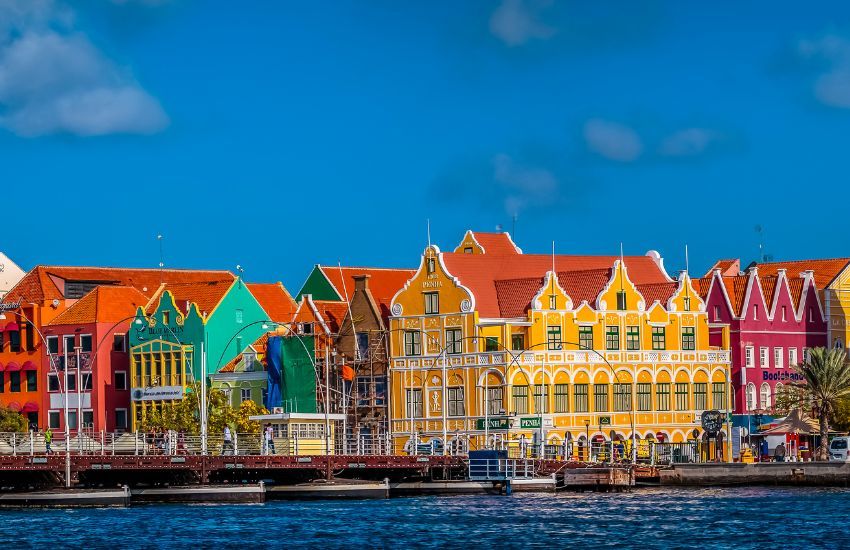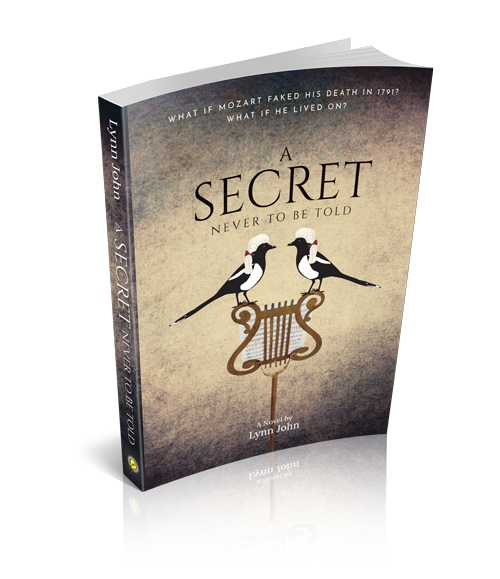
Curaçao
Curaçao is an anomaly. Intriguing, beautiful, but an anomaly nonetheless.
In 1499, on his way to South America, Amerigo Vespucci jettisoned sailors with scurvy onto the island of Curaçao in the Caribbean. On his return, he found the sailors alive and well – presumably cured by the vitamin C-laden fruit on the island. He is said to have then named the island Curaçao, after a Portuguese word for “cure”. Another theory is that the Spaniards called the island Curazon, for “heart”, its shape, later converting the spelling to Portuguese. Then again, perhaps it was named after the Caiquetios Indians who migrated there 6,000 years ago. Regardless of all this, the Dutch arrived in 1634 and promptly made the island very Dutch.
There are more than sixty different nationalities living on Caribbean Curaçao, including Spanish, American Indian, Portuguese, Chinese, English, Austrians, Jews, Dutch, of course, in large numbers – and the descendants of African slaves. When you walk the streets, or sit in a café by the busy harbour ferry terminal, you are overwhelmed by the differing shades of skin and hair colour, accent, language, gait, swagger, dress, head-scarves, and pace of the people.
And the gaiety and colour of the people is echoed in the colour of the houses. The Dutch dominance of Curaçao is most obvious visually. Willemstad, the capital, looks like Little Amsterdam, with 17th century, three and four-storeyed, gabled houses, with shuttered windows – beautiful – but in Curaçao all painted in wild, bright colours, like a patchwork quilt. It’s said that an early Governor developed an allergy to white buildings – claimed they gave him migraines – so the houses were re-painted in rainbow shades. It’s also said he owned the local paint supply store.
But early Curaçao houses also have a problem. They were built using local materials – coral rock, sea-sand and seawater. Fine until painted. Then they develop blisters of salt which corrode the paint. So now they have to be repainted regularly – in even brighter colours, of course.
We took an underwater trip in the harbour and saw schools of parrot fish. We were told by our guide that when born, they are all female. Later some become male and change their rainbow-hued female colours to boring iridescent male blue. The males then move away into all-male schools, leaving all-female schools. I had a little trouble with the science of this.
Our Scottish guide, a female, also claimed that the female dominance is echoed in the human population of Curaçao – the ratio is 55% female to 45% male – the first woman Governor has just been elected, and human foetuses are female when conceived! I had a little trouble with the science of this also.
However, my favourite story about Curaçao is the sheep and the goats. The sheep don’t have wool, so they look like goats, and both say “Baa”. But the goat’s tail stands erect and the sheep’s tail droops. So, there you are. Each morning the herds of sheep and goats are released to wander and forage where they will. At the end of the day they return of their own accord, because home is the only place they can get water, on this waterless island.
And the cosmopolitan nature of Curaçao is uniquely reflected in its cuisine – Dutch, Portuguese, African – and particularly Jewish. A local gave me her favourite Curaçao Jewish recipe, called “Bakiou” (Creole-style fish). I pass it on – with her permission:
Bakiou (Creole-style fish)
- ½ kg fish, skinned, boned and cut into pieces
- 3 tablespoons olive oil
- ½ cup chopped onion
- ½ cup chopped green pepper
- ½ cup chopped parsley
- 1 inch ginger, minced
- 2 medium tomatoes, chopped
- 2 tablespoons tomato paste
- ¼ teaspoon pepper
- ¼ teaspoon ground chilli
- ½ teaspoon salt
- 2 tablespoons coriander
- 2 drops of Tabasco
Sauté vegetables in oil until transparent, add remaining ingredients and simmer for 20 minutes or until fish takes on flavouring. Serve with rice.
Posted: Friday 24 June 2022
Comments
-
Loved your New Orleans story, Paul. Glad you liked the fish recipe - so I will post another one.Posted: 2022-07-04 13:54 by Lynn J
-
The enjoyment of a memorable dish is so often imbued with the location and atmosphere in which it is enjoyed. One favourite was a spectacular bowl of gumbo, which we had in a restaurant across the road from Preservation Hall in New Orleans. Fantastic seafood with lashings of jazz! One of the most forgetable meals, also in New Orleans. On the menu as alligator steaks - chewy as hell and tasted like stringy chicken!! Would love to see more seafood recipes Lynn.Posted: 2022-07-03 15:06 by Paul S
-
Thanks for the comment. Gurnard is the best but any firm fish of your choice will be goodPosted: 2022-06-30 17:21 by Lynn John
-
Very interesting. Love the rationale for the multi-coloured buildings. They remind me of the colourful houses on Borano in the Venice Lagoon - where in the light of your interesting fish recipe, we had the best seafood risotto ever at the Trattore Chata Nero. Will certainly try the recipe. Any suggestions for the best fish to use?Posted: 2022-06-30 17:11 by Paul S


